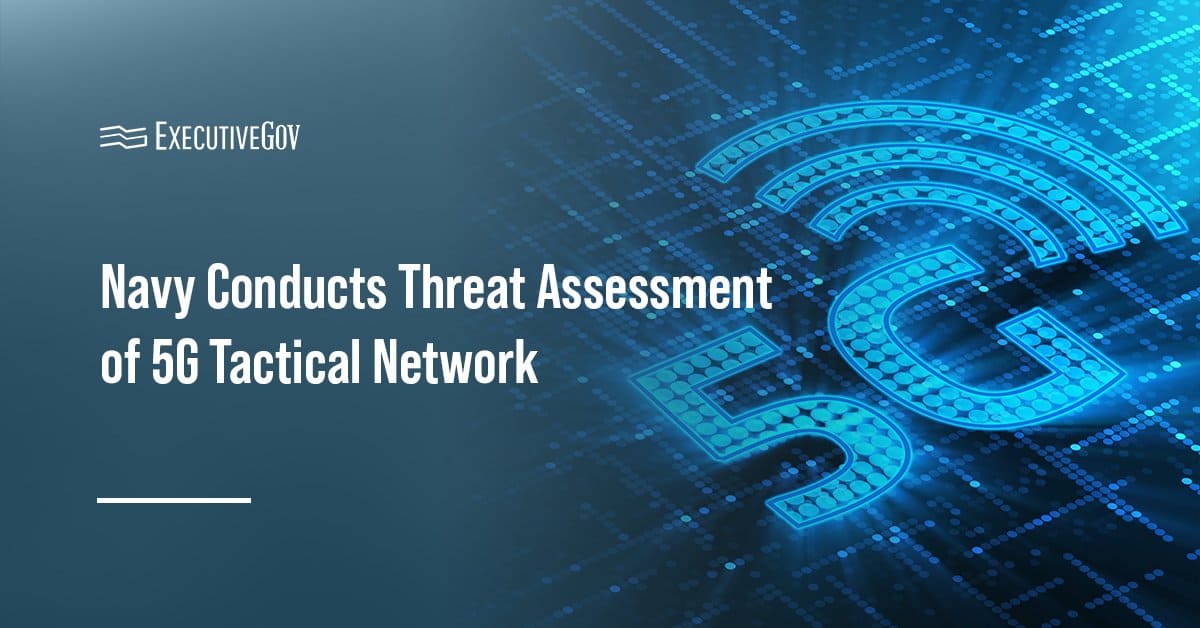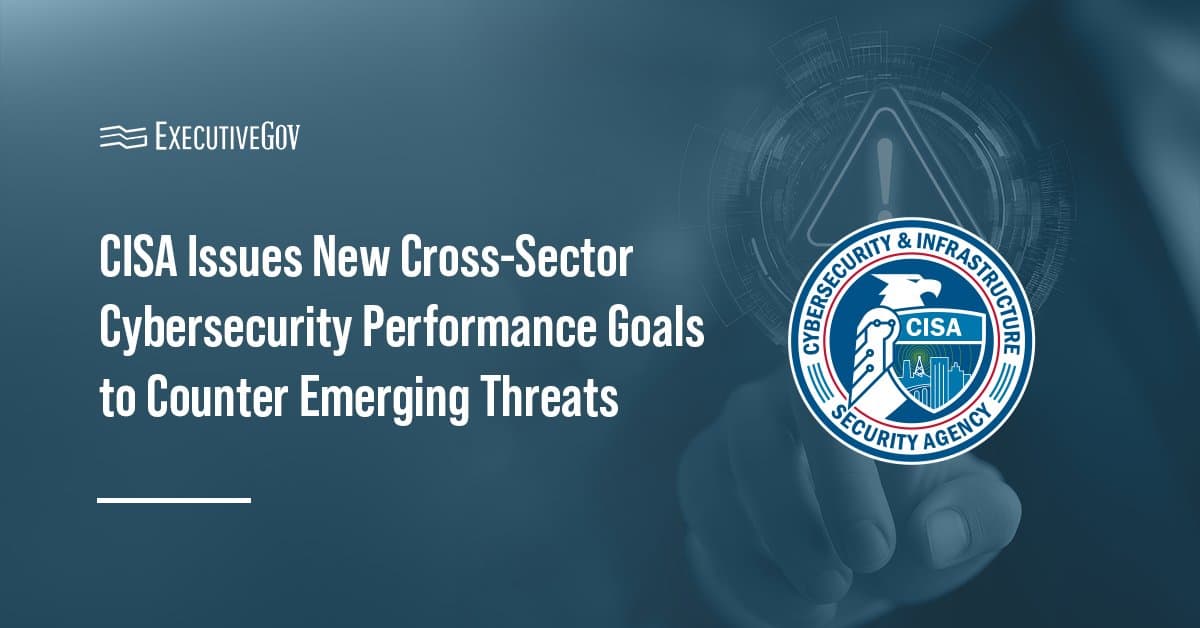DVIDSHub reported that the Naval Information Warfare Center, or NIWC, Pacific and Navy Cyber Defense Operations Command, or NCDOC, started a threat assessment of a 5G tactical training network on Sept. 3 at Naval Base Point Loma in San Diego as part of Operation Shoehorn.
Table of Contents
Operation Shoehorn
Operation Shoehorn is a comprehensive effort that seeks to develop and test a secure 5G tactical network for the fleet.
“5G, to this point, has not been useable because it’s proprietary, meaning we don’t have the visibility needed to detect cyber threats,” said Mike Anderson, NIWC Pacific Joint Tactical Communications branch head. “By using open-source 5G, we are able to solve that proprietary issue and create a defensible tactical 5G network.”
The project aims to develop an open-source 5G tactical network for defensive cyber operations and deployment by the service’s 10th Fleet Cyber Command in alignment with the Pentagon’s effort to establish an enterprise-grade 5G platform in fiscal year 2026.
The Office of the Under Secretary of Defense for Research and Engineering’s FutureG Directorate funds the project.
“Adequate 5G defense capabilities are necessary for the Navy to confidently deploy tactical 5G solutions required to maintain technological superiority,” Anderson said.
Testing NIWC Pacific 5G Network’s Security Through NCDOC’s Red Team
NCDOC deployed its Red Team to NIWC to assess the 5G network’s security and help detect and address vulnerabilities.
“Red Team’s role here is to evaluate the 5G tech stack from an adversarial perspective to hopefully uncover security vulnerabilities in the early stages of development,” said Lt. Erik Faulk, the NCDOC Advanced Capabilities Engineering officer in charge.
“We can use our findings as a training tool that enables defenders to recognize when or if those vulnerabilities are being exploited, so that they can employ their appropriate response actions to secure the network,” Faulk added.





